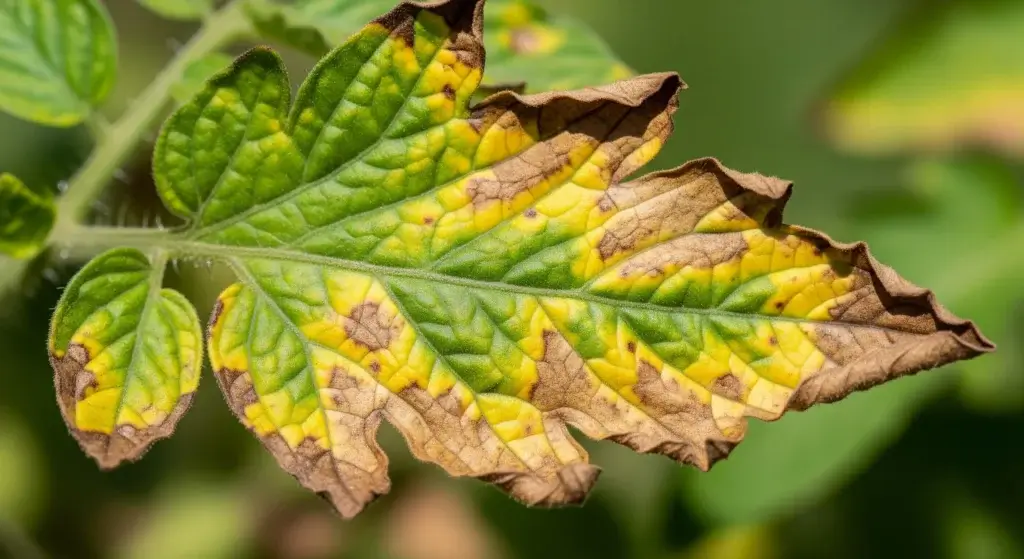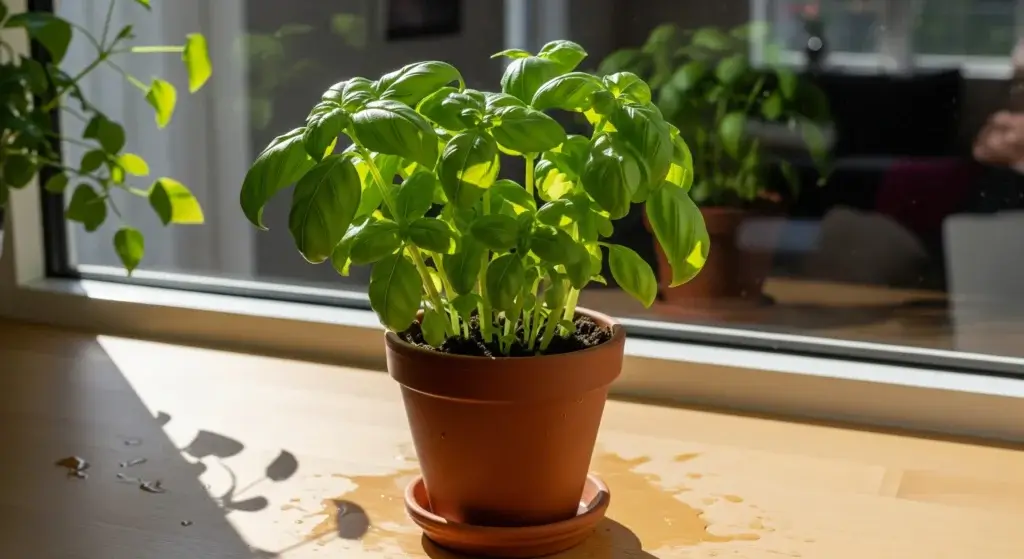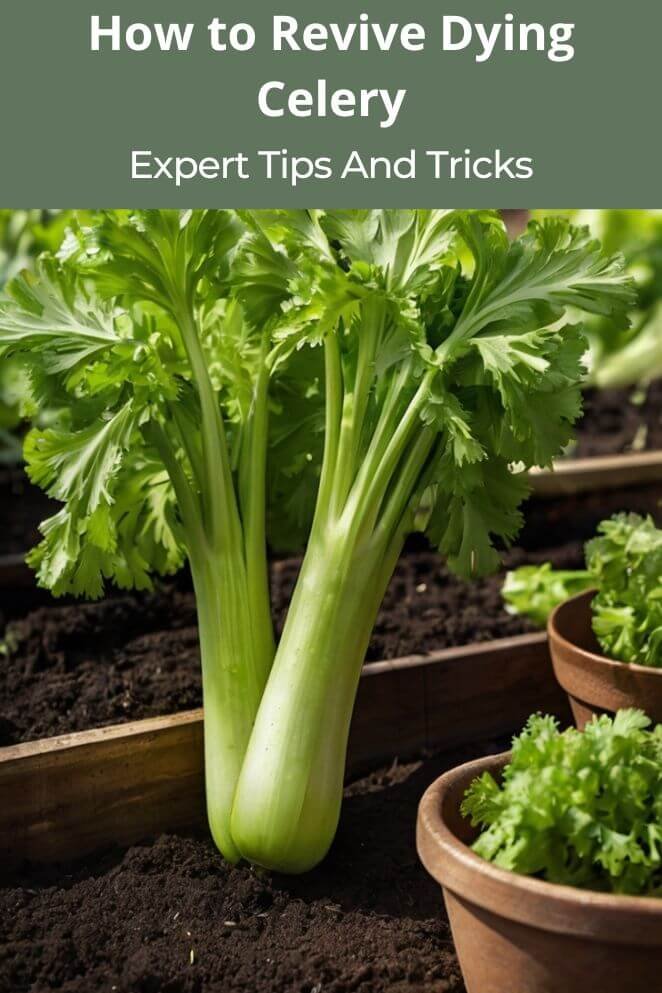
Celery’s like that healthy but needy friend—nutritious but a bit high-maintenance.
If your celery looks sad or wilted, don’t stress.
With some TLC (and maybe a little pep talk), you can revive it and have it shining like a salad superstar.
Understanding Celery’s Needs
Before we jump into saving your celery from a full-on drama, let’s get clear on what this veggie diva needs to feel its best.
Think of celery as a picky but lovable plant roommate—you gotta know what it likes to keep the peace.
Sunlight
Celery loves soaking up the sun—full sun, ideally.
But it’s not a total diva; it can handle some shade if the sun’s playing hard to get.
Think of it like a brunch date: it wants the spotlight but won’t freak out if the lighting’s a bit dim.
Soil
Celery’s a soil snob.
It wants rich, nutrient-packed dirt that drains well—no soggy feet allowed.
The soil’s pH should be just right, around 6.0 to 7.0, like Goldilocks’ porridge—neither too acidic nor too basic, but juuust perfect.
Water
This is celery’s #1 obsession.
It’s shallow-rooted, so it’s basically a thirsty little drama queen that hates droughts.
Keep the soil consistently moist—think of it like giving celery its daily spa treatment.
Temperature
Celery thrives in cool weather, around 60 to 70°F (15 to 21°C).
Too hot, and it’ll throw a tantrum; too cold, and it might just curl up and call it a day.
Basically, celery’s a cool cucumber’s cousin—not into extremes.
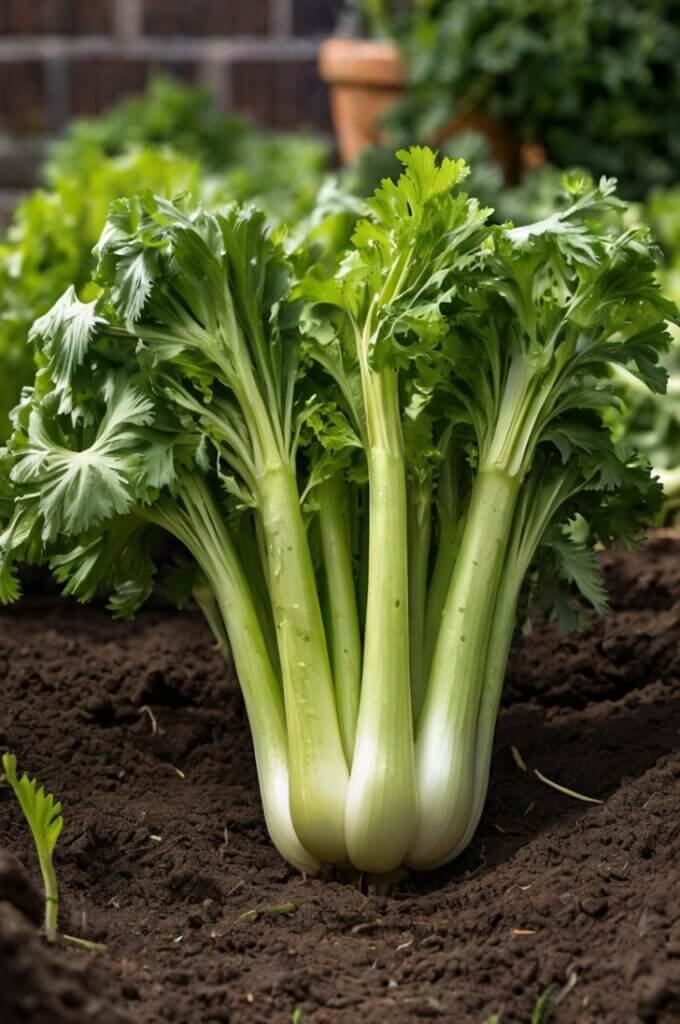
Common Signs of a Dying Celery Plant
Before your celery throws in the towel, it usually sends out some not-so-subtle signals.
Think of it like your plant texting you “Help!” in plant language.
Here’s how to read the signs before things get dramatic:
Wilting
If your celery looks all droopy and sad, like it just woke up from a bad nap, it’s probably thirsty or stressed.
Wilting means the leaves and stalks are limp because the plant isn’t getting enough water—or its roots can’t deliver what it needs.
Yellowing leaves
When those crisp green leaves start turning yellow, it’s like your celery’s version of a bad hair day.
This often means it’s either drowning from too much water or starving from a nutrient deficiency.
Either way, it’s a red flag to check your watering and feeding game.
Stunted growth
If your celery looks like it’s on a serious diet and not growing much, something’s off.
Poor soil nutrition or root trouble might be holding it back.
It’s like trying to build a LEGO set without all the pieces—frustrating and slow.
Brown or black spots
Spots on the leaves or stalks aren’t just ugly—they’re a sign of fungal infections or pesky pests crashing your celery party.
Think of these spots as unwanted party crashers that need booting ASAP.
Catch these early, and you can swoop in with some plant first aid before your celery checks out completely.
Steps to Revive Your Celery Plant
Alright, your celery’s throwing a hissy fit, but don’t panic — here’s the playbook to revive it like a pro gardener (or at least like you know what you’re doing).
1. Assess watering practices
Celery is a bit dramatic when it comes to water—it hates both drought and soggy feet.
- Underwatering: Stick your finger about an inch into the soil. If it feels dry, your celery’s basically screaming “I’m thirsty!” Time to up your watering game.
- Overwatering: : If your soil’s soggy and swampy, you’re drowning your poor plant. Celery roots don’t like soggy shoes—make sure your pot or garden bed drains well to avoid root rot.
2. Improve soil conditions
Celery is a foodie and wants rich, tasty soil to snack on.
- Add compost: Think of compost as gourmet fertilizer—full of nutrients and organic goodness that’ll make your celery swoon.
- Test the pH: Celery prefers its soil chillin’ at a pH between 6.0 and 7.0. Grab a soil test kit to check.
3. Provide adequate sunlight
Celery’s basically a sun worshipper.
It needs around 6 hours of sunlight a day to stay happy.
If you’re growing indoors or the weather’s being a diva, hook your plant up with some grow lights.
No one likes a celery that’s constantly stuck in the shade, looking pale and miserable.
4. Fertilize appropriately
Celery is picky but loves a balanced meal.
- Nitrogen: This is the stuff that pumps up leafy growth. Low on N? Your celery will turn yellow and sad.
- Phosphorus & Potassium: These help roots get strong and keep the whole plant feeling good. A balanced fertilizer with these nutrients will keep your celery’s hunger pangs satisfied.
5. Control pests and diseases
Keep an eye out like you’re guarding the garden from uninvited guests.
- Aphids and slugs: These are the annoying party crashers munching on your celery. Handle them with organic insecticides or just pick them off manually.
- Fungal issues: Celery loves fresh air, so space plants out and keep things airy to stop fungal diseases from setting up camp.
Follow these steps, and you’ll turn your sulking celery into the crunchy, crisp veggie it was meant to be — your salad bar’s new MVP.
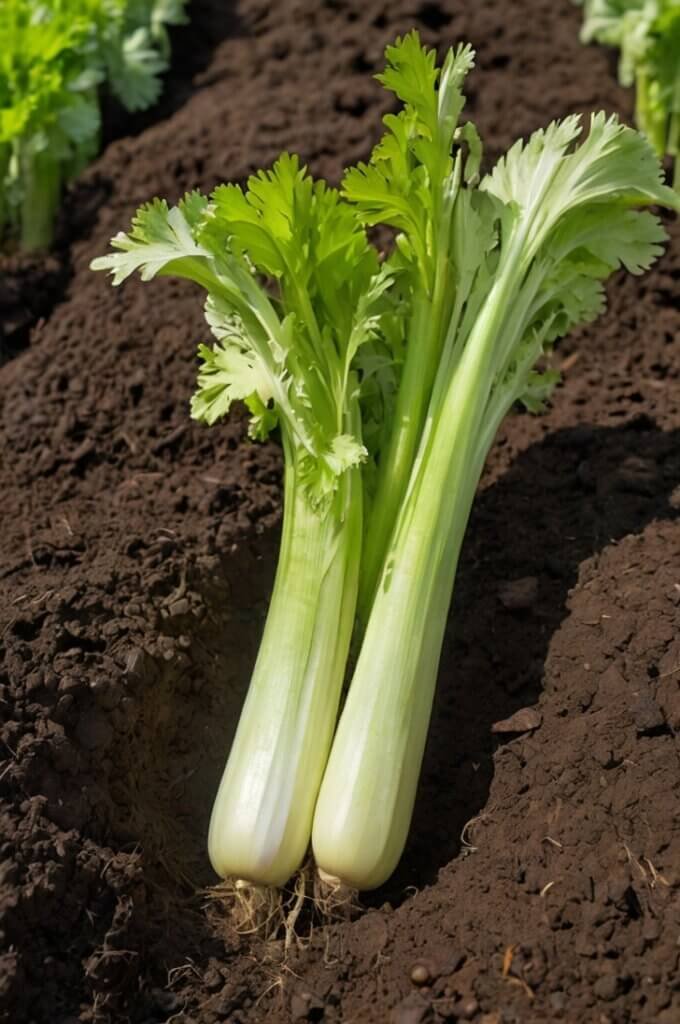
Preventative Tips for Healthy Celery
Want your celery to stay strong, vibrant, and not throw another hissy fit?
Here’s the lowdown on keeping it chill and thriving like a garden superstar:
Consistent watering
Celery’s basically a diva when it comes to water—it hates being parched but can’t stand soggy feet either.
Keep the soil evenly moist, like Goldilocks’ porridge: not too dry, not flooded.
Think of it like giving your celery a steady drip of hydration instead of a surprise flood or drought.
Mulching
Throw some mulch around your celery like you’re tucking it into bed.
Mulch locks in soil moisture so the roots don’t go thirsty, and it keeps the soil temperature steady—no wild hot-and-cold rollercoaster rides.
Plus, it helps keep weeds out, so your celery doesn’t have to fight for its snack.
Regular feeding
Your celery needs regular snacks to stay strong.
Use a balanced fertilizer every few weeks while it’s growing—think of it as celery’s personal energy bars.
This keeps the nutrients flowing so your plant can grow big, lush, and ready to rock your salad bowl.
Proper spacing
Celery doesn’t like being in a crowded room—it needs some personal space.
Make sure you plant them with enough room for air to circulate.
Good airflow means less chance for fungal diseases and more happy, healthy celery waving in the breeze.
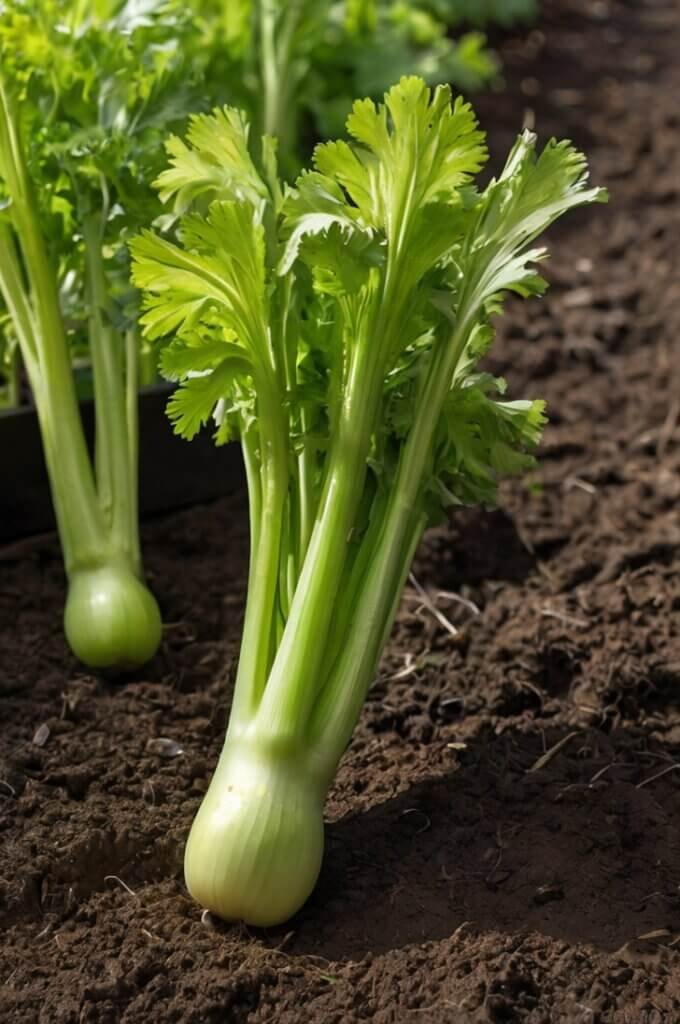
Wrapping It Up: How to Bring Your Celery Back from the Veggie Grave
Saving a sad celery plant isn’t rocket science—it just takes some TLC and quick action.
Once you know what your celery really needs and jump on problems before they snowball, you can either revive your green friend or even grow a fresh batch from kitchen scraps (yes, celery stalks can stage a comeback!).
With a little patience and steady care, you’ll be chopping up crisp, homegrown celery for your snacks and soups in no time.
Your salads—and your taste buds—will thank you!


